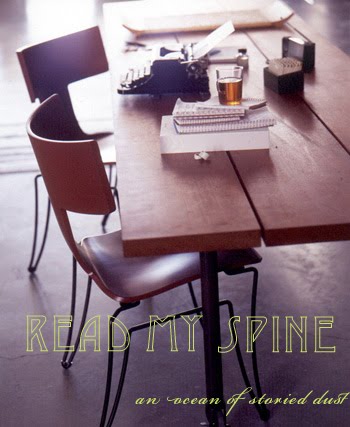
Ultimately, I would argue that the inclusion of the mirror in the Comtesse d’Haussonville represented a solution to the rendering of a personality that defied being complacently transmuted into oil paint. This claim finds support in a statement made by the Comtesse herself in her biopic of Lord Byron: “Usually, where women have been put is where they stay, with the vague idea, instilled since infancy, that women are made for suffering—even while they now and then amuse themselves as a distraction from the sad fate society has in store for them.” The comtesse, as rendered in her namesake portrait, is a “difficult” woman: she refuses to acknowledge her “place”—that is, facing the mirror, refusing all the same to fatuously amuse herself with the distraction of looking at herself in the mirror. Instead she finds solace in the contemplation of something presumably beyond her image, and in doing so, evades banalization. It remains the viewer’s task to discern the two “worlds” manifest in the painting: the harshly illuminated world of the subject, in which the presence of the figure dominates over the minor curvature of strategically placed props, as opposed to the “world of simulacra” in which the subject’s reflection is imprisoned in a depthless expanse of murkiness.
The most clever details captured in the mirror are the details ‘unseen’ in the frontal view of the comtesse: the subtle scooping of the collar of her dress, a beautiful satin bow tied into her coiffure, and finally, a brown comb that secures her chignon. The mirror as “world of simulacra” alludes to the inherent function of the oil painting and its maker-- where measure for measure, satin bow for satin bow, reality is simultaneously masked and revealed, for perpetuity.


love love love
ReplyDeleteThis painting blows me away on so many levels -- clearly a testament to the canny genius of Ingres. One look at it and it is strange -- see how her right arm doesn't seem to "fit" in its positioning on the body? It's not an admission of ineptitude by the artist, but an expression that points to the inherent distortion at play in the portraiture tradition.
ReplyDeleteThis is the final excerpt of a paper I wrote while in Lee Edwards' neoclassicism/romanticism class....where I started to detangle this thorny masterwork. A real pleasure.